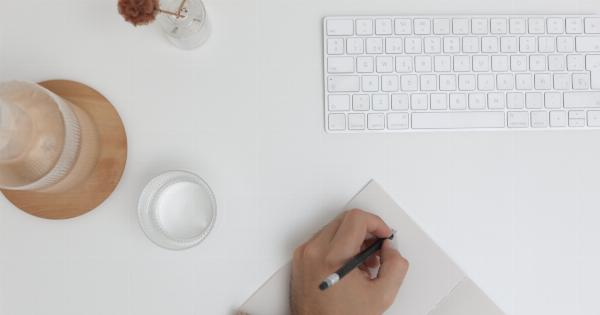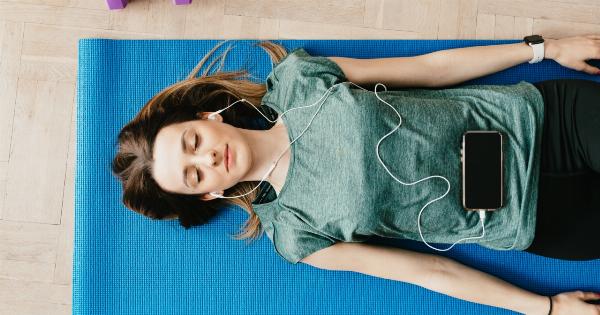Wearing a mask has become an essential part of our daily routine. From protective masks to surgical masks, they help prevent the spread of the virus, but prolonged use of masks can cause eye strain and discomfort.
If you are experiencing eye strain while wearing a mask, below are some tips to ease your discomfort.
Adjust your mask
Make sure your mask fits properly and doesn’t put pressure on your eyes. The mask should be snug but not tight on your nose and cheeks. You can use a mask extender to relieve the pressure from your ears and nose.
A mask that is too big may cause glasses to fog up, causing you to strain your eyes even more. If your mask is causing discomfort, you should readjust it before continuing to wear it.
Take breaks
If you wear a mask for a long time, take breaks when you can. Going outside and removing your mask can give your eyes some relief from the strain. Frequent breaks can also help reduce the discomfort that comes with prolonged mask-wearing.
If you take off your mask, remember to wash your hands before putting it back on again.
Keep your glasses clean
If you wear glasses, you know that masks can cause them to fog up, leading to eye strain and discomfort. Cleaning your lenses with soap and water or using an anti-fogging spray can prevent them from fogging up.
Use eye drops
Dry eyes can lead to uncomfortable eye strain when wearing a mask. Using eye drops can help keep your eyes moist and prevent dryness.
You can use over-the-counter eye drops, but it is advisable to consult an optometrist or an ophthalmologist before using eye drops for an extended period.
Adjust your screen brightness
If you are spending a lot of time wearing your mask and working on your computer, it is important to adjust your screen brightness. The brightness should be set to a level that is comfortable for your eyes.
If the screen is too bright, it can cause eye strain and make it more difficult to focus or read.
Practice the 20-20-20 rule
The 20-20-20 rule is an excellent way to reduce eye strain and discomfort when wearing a mask. Every 20 minutes, look away from your screen and focus on something 20 feet away for 20 seconds.
This exercise can help reduce eye strain and decrease the risk of your eyes becoming dry.
Get enough sleep
Getting enough sleep is essential for your overall well-being, including your eyes. Lack of sleep can lead to eye strain and cause discomfort when wearing a mask.
It is recommended that you get at least 7-8 hours of sleep every night to reduce the risk of eye strain.
Wear the right glasses
If you wear glasses, it is essential to wear the right ones. Glasses with the correct prescription can reduce eye strain and prevent discomfort when wearing a mask.
Consult an optometrist or an ophthalmologist to get the right prescription for your glasses.
Minimize screen time
Limiting the amount of time you spend using digital devices can help reduce eye strain caused by wearing a mask. Prolonged screen time can cause dry eyes, fatigue, and discomfort, leading to eye strain.
Reducing your screen time can help prevent these issues.
Visit an eye doctor
If you are experiencing eye strain and discomfort when wearing a mask, it is advisable to visit an eye doctor.
An optometrist or an ophthalmologist can examine your eyes, determine the underlying cause of your discomfort, and offer suitable treatment options.
Conclusion
Wearing a mask is essential in helping prevent the spread of the virus, but it can cause eye strain and discomfort. The tips above can help reduce eye strain, prevent discomfort, and make mask-wearing less uncomfortable.
Remember to take breaks, adjust your mask and consult an eye doctor if you experience prolonged eye strain or discomfort.





























